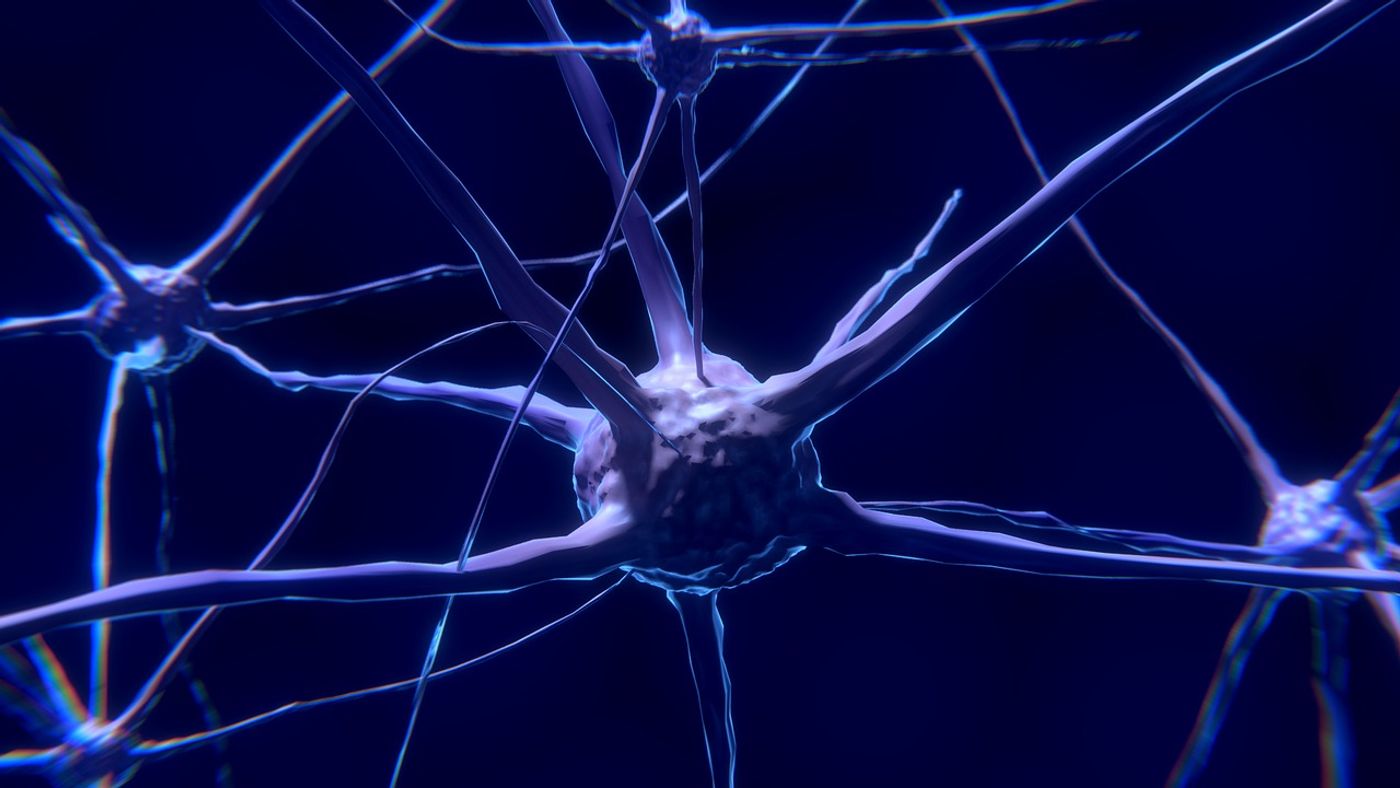Researchers Excite Neurons with Light
In a recent study published in Science Advances, a team of researchers led by the Massachusetts Institute of Technology (MIT) have built upon a 20-year-old method of using light exposure to change the excitability (reaction to electrical signals) of the membranes of neurons, also known as optogenetics. This study holds the potential to improve scientific understanding of the overall behavior of neurons.
"This new tool is designed to tune neuron excitability up and down in a light-controllable and long-term manner, which will enable scientists to directly establish the causality between the excitability of various neuron types and animal behaviors," says Dr. Xiao Wang, who is the Thomas D. and Virginia Cabot Assistant Professor of Chemistry at MIT, a member of the Broad Institute of MIT and Harvard, and a co-author on the study. "Future application of our approach in disease models will tell whether fine-tuning neuron excitability could help reset abnormal brain circuits to normal."
Optogenetics is used to influence the activity of neurons using ion channels. When these channels are exposed to a light source, the flow changes in ions throughout the channels either increases or decreases the activity of the neuron.
"By using light, you can either open or close these ion channels, and that in turn will excite or silence the neurons. That allows for a fast response in real time, but it means that if you want to control these neurons, you have to be constantly illuminating them," says Chanan Sessler, a graduate student in the Department of Chemistry at MIT, and lead author on the study.
While this study was carried out in lab dishes, the researchers hope to expand this research to include brain tissue slices, and ultimately the brains of animals such as mice or worms.
Sources: Science Advances, Frontiers
As always, keep doing science & keep looking up!









